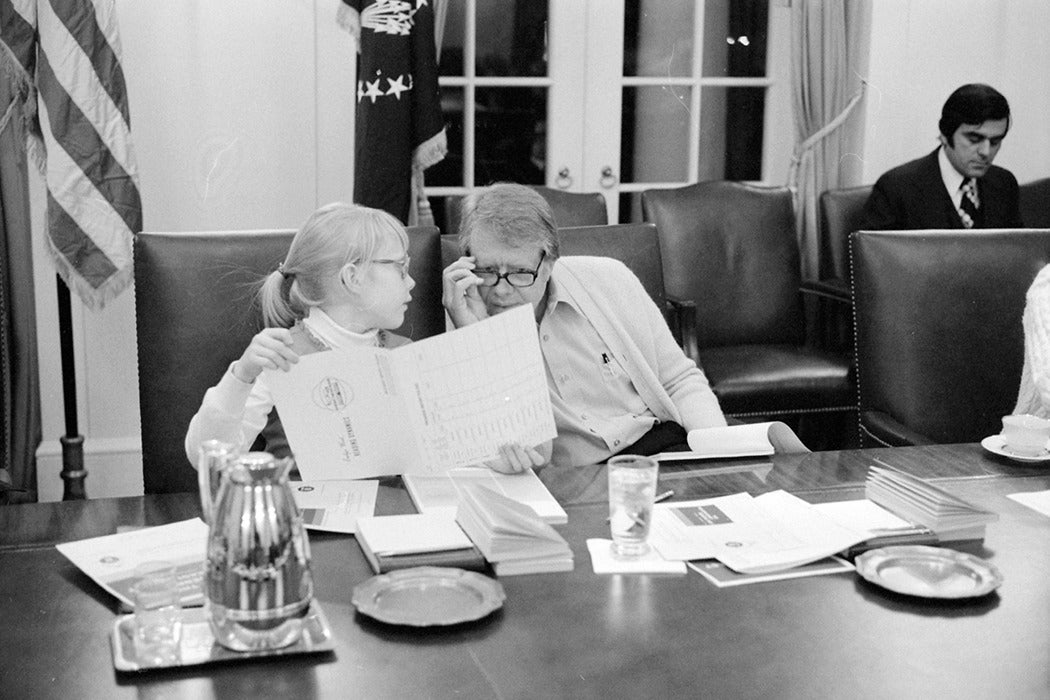In The News
It looks like we’re still debunking the concept of “speed reading”—whether humans can retain meaning while consuming printed text at high rates. In the New York Times’ “Gray Matter” column, Jeffrey Zacks and Rebecca Treiman show that there continues to be a market for people hoping to develop speed-reading skills:
The first popular speed-reading course … focused on teaching people to make fewer back-and-forth eye movements across the page, taking in more information with each glance. Today, apps like SpeedRead With Spritz aim to minimize eye movement even further by having a digital device present you with a stream of single words one after the other at a rapid rate.
Since that first course in the 1950s, researchers have been steadily disproving that speed-reading exists, while new technologies claim to have finally cracked it.
Further Reading from JSTOR
In the Journal of Reading, Karen Steiner summarizes speed reading research conducted prior to 1978 and identifies what later studies confirmed: while some people claim to read more than 100,000 words per minute, reading comprehension usually tops out at 1,000 wpm. (Most studies find a solid baseline at a tenth-grade reading level of 300 words per minute.)
Steiner, focusing on pedagogy, notes that reading rates at all ages are just part of literacy:
Perhaps some of the central controversy surrounding speed reading can be dispelled by recognizing that the technique taps only one of an entire sphere of reading skills and subskills: vocabulary proficiency, prereading skills, and ‘intensive’ reading ability, to name only a few.
Presciently, Steiner notes that new technologies (at that time, slides and TVs) may help with eye movement, but nothing can improve recall like engagement with the subject matter.
In 1986, William Brozo and Jerry Johns reviewed 40 recently-published speed reading books and studies to conclude that
the extraordinary reading rates which have appeared in the media and professional literature likely result from some sort of skimming or scanning which should be distinguished from genuine reading.
One disproving study concluded that “the only noteworthy skill exhibited was a remarkable rate of page turning.”
Meanwhile, the most earnest suggestions for improving one’s reading speed include eye movement training, meant to eliminate dalliances on words or returning to parts already read. This presumes that slow reading isn’t a consequence of misunderstanding, but of willpower (and results in apps such as the one mentioned in the New York Times, which take away one’s ability to revisit previous phrases).
Another study mentioned in the Brozo and Johns review is worth reading in its own right. In 1985, self-proclaimed speed-readers were gathered and put through several tests: claimed rates ranged from 1,080 to 81,000 wpm. What researcher Ronald Carver found was that after 600wpm, skills dropped off suddenly; put simply, high-speed readers do it because they care less about reading comprehension.
Amusingly, when the speed-readers knew their rates were being measured and that there would be no test on their comprehension, speeds measured around 900wpm. When they did not know they were being timed, and when they knew there would be a test, speeds dropped to about 400wpm.
So, what else can you do, if you’re cramming for an exam? Some experts suggest the best way to absorb information is to—sorry speed-readers—do something with it.







